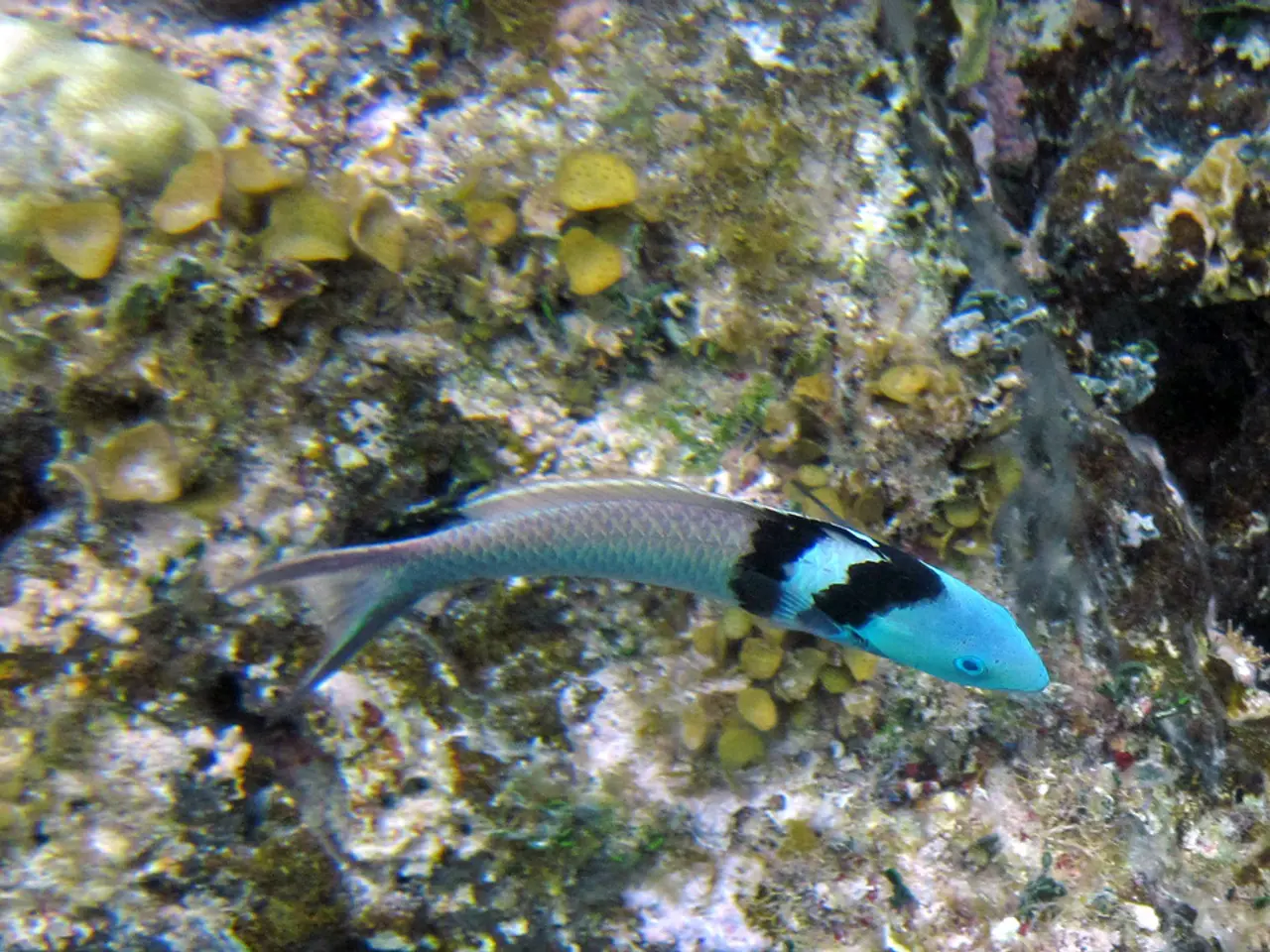Rare Bacterial Infection Melioidosis: A Growing Concern for Clinicians
A rare but serious bacterial infection, melioidosis, has been in the spotlight due to its wide range of symptoms and potential to be mistaken for other diseases. Caused by the Burkholderia pseudomallei bacteria, this infection is a concern for clinicians when patients have travelled to or had contact with freshwater or soil in endemic areas, particularly the U.S. Gulf Coast.
Melioidosis, also known as Whitmore's disease, can affect healthy individuals but poses a higher risk to those with compromised immune systems. The infection can manifest in various ways, making it challenging to diagnose. Symptoms can range from mild pneumonia to severe sepsis, and even death in severe cases.
Clinicians should be vigilant, especially when patients have a history of travel to regions with high melioidosis rates. Southeast Asia and northern Australia, particularly Thailand, Malaysia, and the northern regions of Australia, have reported the most cases in recent years.
Given the wide range of symptoms and the potential for misdiagnosis, it's crucial for healthcare professionals to consider melioidosis when patients present with relevant travel or exposure history. Early detection and appropriate treatment can significantly improve outcomes for those affected by this bacterial infection.
Read also:
- Rise in Flu Cases: Timing and Reasons Explored by Medical Experts for Flu Vaccination
- Nursing Infants: Advantages, Factors to Ponder, Guidelines, Essential Gear
- Anticipated Increase in Uninsured Residents to Pose Challenge for Local Healthcare Infrastructure
- Accusations of poor care and supposedly poor hygienic standards at LaSalle Hospital






